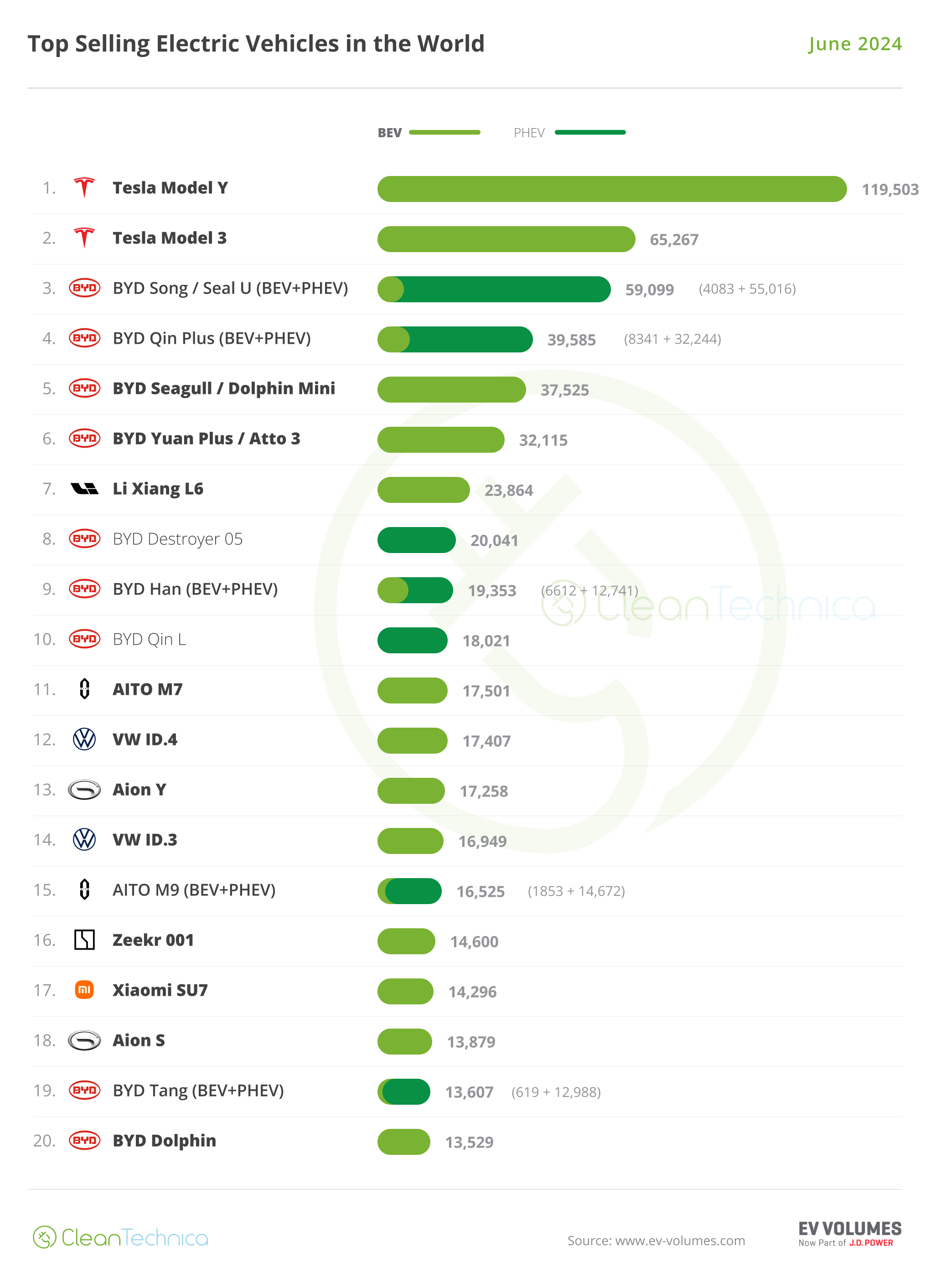European Energy Metals Corp. [TSXV-FIN; FSE-W28] reported that beginning in May, it will begin conducting gold exploration on its Northern Finland portfolio of projects. The company currently holds five individual mineral reservations covering approximately 300,000 ha (3,000 km2) primarily in the Central Lapland Greenstone Belt (CLGB) in Northern Finland. The company also continues to advance its lithium exploration targets on the Nabba and Nabba 2 Exploration Licences recently granted.
The Paleo-Proterozoic Greenstone Terrane of Northern Finland is comprised of multiple greenstone belts including the CLGB which hosts world-class gold (eg Kittila Deposit, owned by Agnico Eagle and Ikkari Deposit, owned by Rupert Resources) and base metal deposits (e.g. Kevitsa owned by Boliden and Sakatti owned by Aglo-American).
The belt’s potential is also suggested by the presence of several major mining companies in the belt. The belt has very recently garnered significant interest following an offer from Rupert Resources to buy B2Gold’s 70% interest in a Joint Venture between B2Gold and Aurion Resources which lies adjacent to Ruperts Ikkari Deposit, for $102 million. The joint venture ground is strategic to Ruperts proposed development of the Ikkari Deposit but is also host to numerous gold prospects along a structural corridor that extends >125 km.
The company’s projects occur in an underexplored part of the CLGB but are underlain by favourable host rocks of the CLGB and numerous throughgoing faults, domain boundaries and unconformities, considered favourable sites for gold mineralization. Ikkari occurs adjacent to a domain boundary. Preliminary reconnaissance prospecting has identified gold and/or copper occurrences locally on the company’s licences.
Jeremy Poirier, CEO, commented, “We are super excited to initiate gold exploration field programs on our Northern Finland project portfolio. The recent surge of interest in the belt highlighted by Rupert Resources offer to acquire B2Gold’s 70% interest in a joint venture between B2Gold and Aurion adjacent to its Ikkari gold project, suggests there is significant potential within our Northern Finland project portfolio. We believe our exploration teams can unlock the project’s potential under the guidance of our VP Exploration, Mike Basha, who has worked extensively in the CLGB as the founder and former CEO and President of Aurion Resources.”
European Energy Metals is primarily focused on the Lithium-Cesium-Tantalum Finnish Pegmatite Project in central Finland. Governing bodies in Europe and Finland are legislating environmentally friendly and energy independent laws and policies.
One of the key components is access to REE and, specifically, lithium. The company’s concessions are located within 15 km of the Keliber mine and production complex, currently under construction and expected to begin production in H2 2025. The company cautions the presence of lithium mineralization on Keliber’s properties is not necessarily indicative of similar mineralization on the Company’s mineral reservations.
An estimated €600 million investment by Keliber’s parent company Sibanye-Stillwater Limited [NYSE-SBSW] in partnership with the Finnish Minerals Group is underway in the Kautinen Region and will see the development of open-pit and underground mining from several deposits, construction of a central spodumene concentrator plant and a lithium hydroxide chemical plant at tidewater in Kokkola. When completed, this complex will comprise a complete hard-rock spodumene pegmatite lithium supply chain.
The Finnish Pegmatite Project covers approximately 2,500 km2 within geological terrane that hosts numerous LCT spodumene pegmatite prospects and deposits. The company’s exploration Licences are situated less than 10 km from Keliber’s Spodumene Concentrator Plant The 2023 inaugural exploration season saw the discovery of multiple occurrences of lithium-bearing spodumene pegmatite mineralization.
The highlight was the discovery of the Kyrola Prospect, a 350m long by 110m wide spodumene-bearing boulder field, where 49 rock chip grab samples assayed from 3.84% Li2O to 0.003% Li2O, with 15 of the 49 samples returning grades in excess of 0.50% Li2O. The extent of the boulder field is constrained only by low-lying overburden covered areas and farm fields. The mean assay of these samples was 0.53% Li2O. Fifteen samples assayed greater than 0.50% Li2O, eleven assayed greater than 1.00% Li2O, 4 assayed greater than 2.00% Li2O and 1 assayed greater than 3.00% Li2O. It is interpreted, based on glacial history of the area, that the boulders have only been transported 300-500 metres from source.



